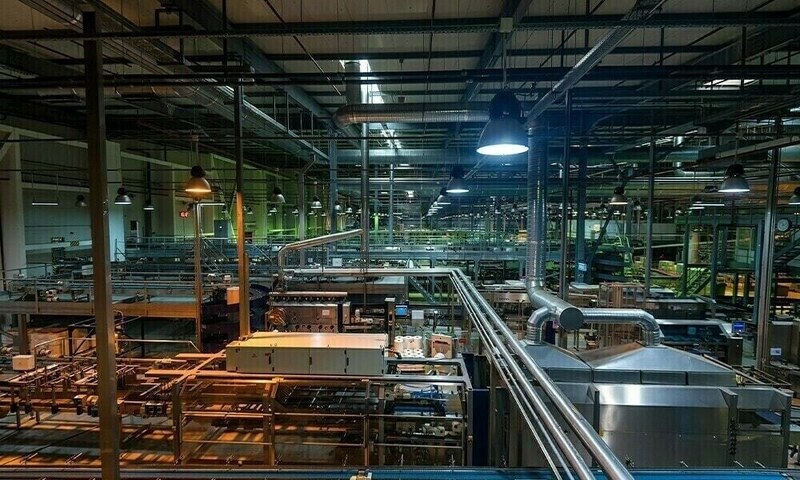
EDITORIAL: Pakistan Bureau of Statistics (PBS) calculated 8.99 percent growth in large-scale manufacturing (LSM) sector in July this year compared to July last year and 2.80 percent growth when compared to June 2025. Two observations are critical. First, details of growth in specific LSM sub-sectors as provided by the PBS are missing for month-on-month comparison (July over June 2025) but are available for year-on-year (July 2025 over July 2024).
In this context, it is relevant to note that even though the staff-level agreement with the International Monetary Fund was reached and announced on 12 July 2024, yet the precise quantitative conditions relating to fiscal consolidation as well as allowing a flexible exchange rate to adjust flexibly and not intervene against a trend depreciation were agreed later and uploaded on the Fund website in October 2024.
To make matters even more difficult for the LSM sector, the IMF in its October 2024 report sought the end of all monetary and fiscal incentives by pointing out that “the government’s intervention in price setting, including for agricultural commodities, fuel products, power, and gas (biannual), combined with high tariff and non-tariff protection tilted the playing field in favour of selected groups or sectors. Despite all this support, the business sector has failed to become an engine of growth, and the incentives eventually weakened competition and trapped resources in chronically inefficient (including perpetually “infant”) industries.”
And secondly, the Finance Division website in its monthly Economic Outlook and Update noted that LSM July-October 2023 was a disturbing negative 23.21 percent or, in other words, the base was extremely low, while in the comparable period of 2024 the negativity had declined to 0.64 percent in spite of the July 2024 LSM growth rate given at 2.4 percent. This implies that relying on the July figure alone as a trend may be premature, especially after the ongoing massive destruction wrought by the floods in the country — a devastation that the country was spared last fiscal year.
State Bank of Pakistan website provides the growth rate for 2023-24 at negative 0.21 percent, 2.51 percent in 2023-24 and 2.68 percent in 2024-25. However, what is critical is the fact that LSM is a very small component of the GDP growth rate — for last fiscal year it is estimated at 8 percent of the total GDP and it relies heavily on farm output (which has been severely hit with the floods though the assessment of the damage will be finalised once the monsoon spells are over for the season), the input costs, including applicable taxes, capital borrowing cost (which has not improved appreciably with the discount rate at 11 percent — the higher in the region by far) and electricity cost also considered to be the highest in the region. In other words, with continuing contractionary fiscal and monetary policies as agreed with the IMF this sector’s growth will remain severely constrained.
Be that as it may, the largest contributor to LSM growth in July this year was automobiles at 57.80 percent with a weightage of 3.10 percent followed by garments at 24.79 percent growth with a weightage of 6.08 and cement at 18.75 percent. While exports of textile garments rose in July 2025 by 32 percent driven by increased demand yet one would require an explanation from the PBS, given that as per published reports: (i) there was a jump in June 2025 automobile sales by 64 percent; however, there was a steep decline of 49.3 percent in July, reflecting a slowdown from the June peak season (linked to the applicability of the budget); and (ii) cement exports, largely to Afghanistan, declined in July 2025 compared to July 2024 due no doubt to the strained relations between the two countries, with terror attacks launched on Pakistan from across the border.
Copyright Business Recorder, 2025



